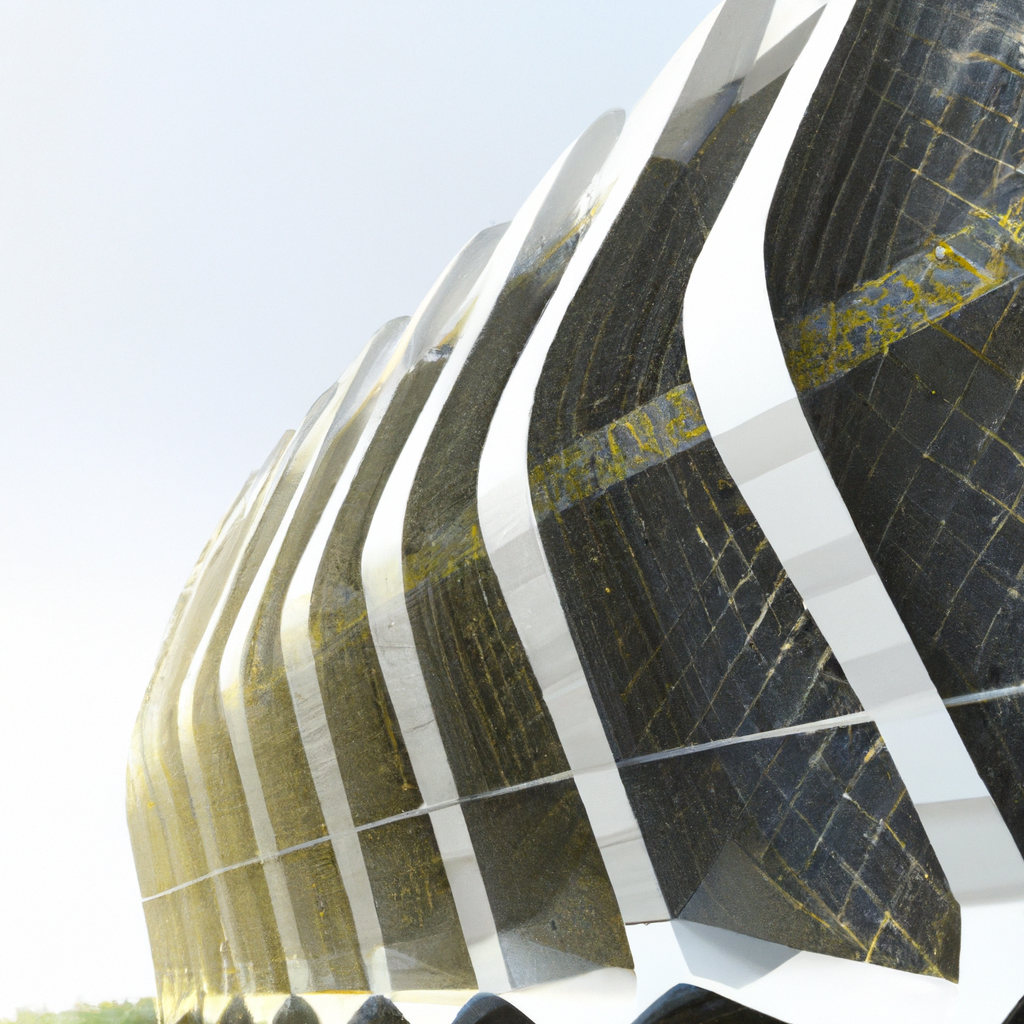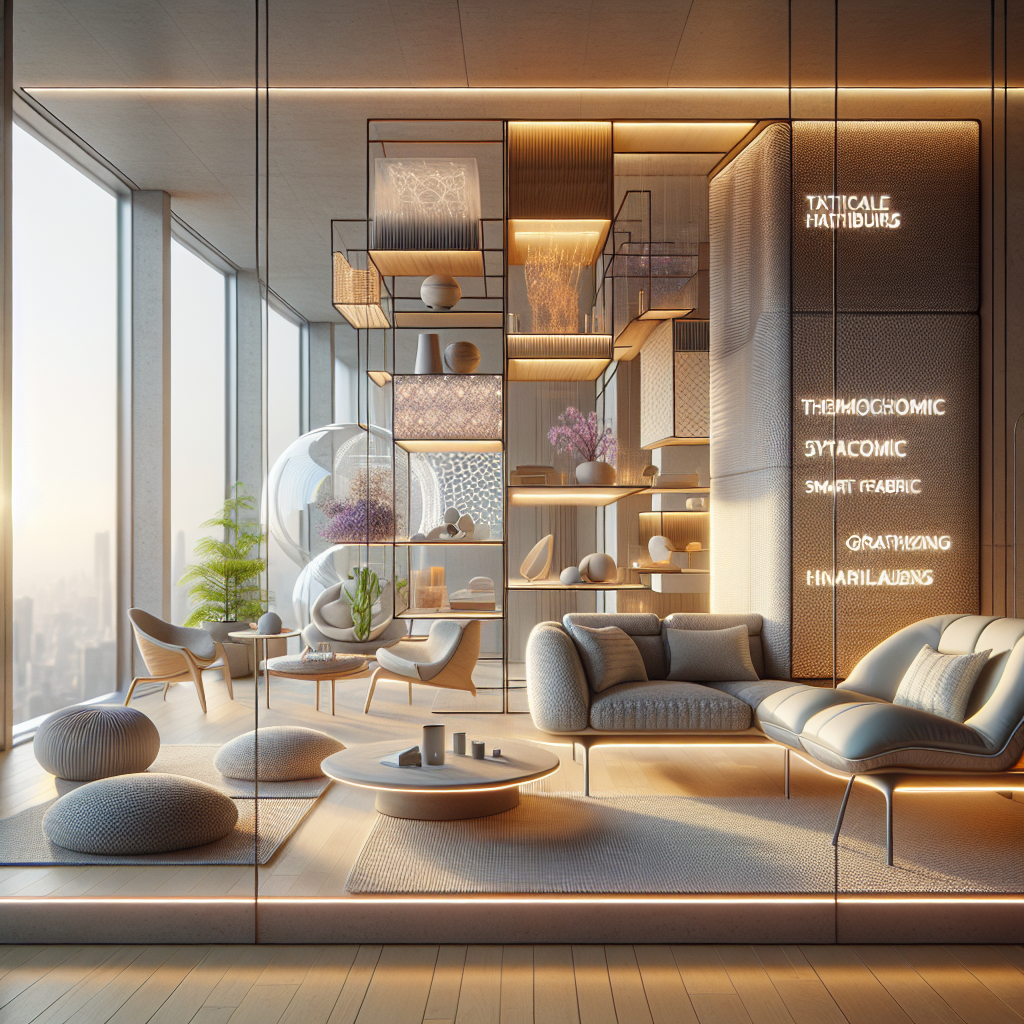Solar-Powered Design: Harnessing the Sun’s Energy in Architecture

The Rise of Solar-Powered Design
As the world continues to search for sustainable energy sources, designers and architects are turning to solar power as a way to provide clean, renewable energy to buildings. Solar-powered design is becoming increasingly popular, and for good reason. By harnessing the sun’s energy, buildings can reduce their dependence on non-renewable sources of energy and significantly decrease their carbon footprint.
The Efficiency and Affordability of Solar-Powered Design
Solar-powered design has come a long way in recent years, and the technology has become much more efficient and affordable. Solar panels are no longer bulky and unattractive, but rather sleek and modern, blending in with the building’s design. The panels can be integrated into the building’s facade or roof, making them almost invisible to the naked eye.
Real-Life Examples of Solar-Powered Design
One real-life example of solar-powered design is the Swiss Tech Convention Center in Lausanne, Switzerland. The building’s facade is covered in 2,800 solar panels, which generate up to 1,000 megawatt-hours of electricity per year, enough to power 500 homes. The panels not only provide energy but also act as a shading system, reducing the need for air conditioning during hot summer months.
The Benefits of Solar-Powered Design
Solar-powered design not only benefits the environment but also the building’s occupants. By reducing the building’s reliance on non-renewable sources of energy, solar-powered buildings can significantly lower their operating costs, which can be passed on to tenants. Additionally, the improved indoor air quality and natural lighting provided by solar-powered design can lead to better health outcomes for occupants.
Conclusion
In conclusion, solar-powered design is a smart and sustainable choice for architects and designers looking to reduce their building’s carbon footprint and operating costs. With the technology becoming more efficient and affordable, we can expect to see more buildings embracing solar-powered design in the years to come.







